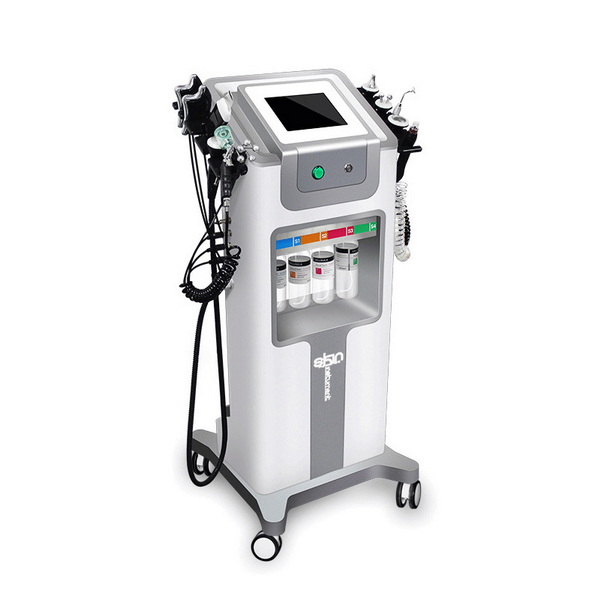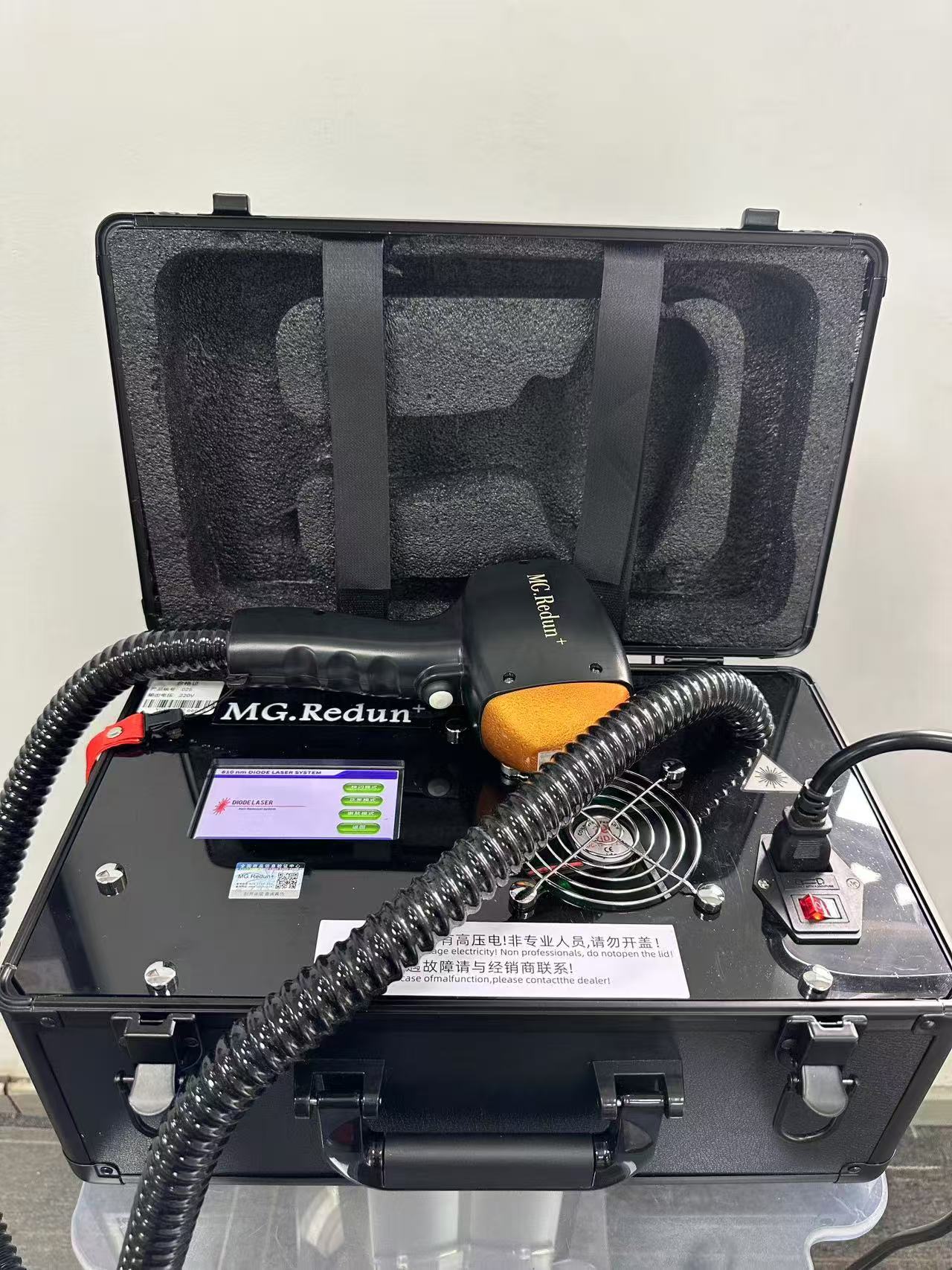Laser liposuction, often referred to as laser-assisted liposuction or laser lipolysis, has become a popular alternative to traditional liposuction methods. While it offers benefits such as less downtime, a more refined contour, and a quicker recovery time, it is crucial to understand the potential side effects associated with this procedure. In this article, we will explore in-depth the possible side effects of laser liposuction, helping you make an informed decision if you are considering this treatment for body contouring.
What is Laser Liposuction?
Laser liposuction is a minimally invasive cosmetic procedure that uses laser energy to liquefy fat cells, which are then removed from the body. The procedure is performed through small incisions, and a laser fiber is inserted beneath the skin. The laser energy targets fat cells, melting them and making it easier to suction them out, offering a more precise result compared to traditional liposuction.
One of the main reasons patients opt for laser liposuction is the promise of less tissue damage, reduced bruising, and a faster recovery. However, like any medical procedure, laser liposuction carries its own risks and potential side effects.

Common Side Effects of Laser Liposuction
1. Swelling and Bruising
Swelling and bruising are common after laser liposuction. Although the procedure is less invasive than traditional liposuction, the laser energy can still cause some initial discomfort. The body needs time to heal from the treatment, which can lead to temporary swelling and bruising in the treated area.
What You Can Do:
- Applying cold compresses to the area can help reduce swelling.
- Follow post-procedure care instructions to minimize bruising.
- In most cases, swelling and bruising should subside within a few weeks.
2. Pain and Discomfort
Some discomfort after the procedure is inevitable, as the laser and suction process can irritate the skin and underlying tissues. The pain is usually mild to moderate and can be managed with over-the-counter pain medication.
What You Can Do:
- Your surgeon will prescribe pain management if necessary.
- Take it easy and avoid strenuous activities in the days following the procedure.
3. Numbness or Tingling Sensation
It is not uncommon for patients to experience a numb or tingling sensation in the treated area after laser liposuction. This is usually temporary and occurs as the nerves recover from the treatment.
What You Can Do:
- Numbness typically resolves on its own after a few weeks or months.
- If the sensation persists, consult your doctor for advice.
4. Scarring
While laser liposuction is considered less invasive than traditional liposuction, there will still be small incisions made to insert the laser fiber. These incisions can leave tiny scars, although they are generally smaller than those left by traditional liposuction.
What You Can Do:
- Follow post-procedure care instructions to ensure proper healing.
- Use silicone gel sheets or ointments to reduce scarring.
- Scarring typically fades over time, but it can take several months for the scars to fully heal.

Rare and Serious Side Effects
While most side effects of laser liposuction are mild and temporary, there are some more serious, although rare, complications that patients should be aware of.
1. Infection
Like any surgical procedure, laser liposuction carries a risk of infection. Infections can occur if bacteria enter the incisions or if proper aftercare is not followed.
What You Can Do:
- Ensure that you follow all aftercare instructions provided by your surgeon.
- Keep the treated area clean and avoid unnecessary touching.
- Seek medical attention immediately if you notice signs of infection, such as redness, increased swelling, or pus.
2. Skin Burns or Damage
Laser liposuction uses heat to liquefy fat, and if not properly performed, it can lead to skin burns or thermal injury. This is rare but can happen if the laser is applied too aggressively or for too long.
What You Can Do:
- Choose a skilled, experienced surgeon to reduce the risk of this complication.
- If you experience any unusual skin changes, contact your doctor immediately.
3. Hematoma
A hematoma occurs when blood collects under the skin, leading to a firm, painful lump. This is more likely to occur in patients who have sensitive skin or who are prone to bruising.
What You Can Do:
- Hematomas can often be drained by your surgeon if they cause discomfort.
- Compression garments may help minimize the likelihood of hematomas forming.
4. Irregularities in Skin Contour
Laser liposuction is designed to offer smooth and even results, but sometimes patients may experience unevenness in the treated area. This can be caused by uneven fat removal or changes in skin elasticity.
What You Can Do:
- Follow up with your surgeon if you notice uneven results.
- In some cases, additional treatments or touch-ups may be necessary.
Long-Term Side Effects
Though most side effects of laser liposuction are temporary and subside with time, there are potential long-term effects to consider.
1. Skin Laxity
After fat removal, the skin may not immediately contract to fit the new contours of the body. This can result in loose or sagging skin, particularly in areas with a significant amount of fat removal. The extent of skin laxity can vary depending on the patient’s skin type, age, and elasticity.
What You Can Do:
- Non-surgical treatments like radiofrequency skin tightening or ultrasound therapy may help tighten the skin over time.
- If skin laxity is significant, a follow-up procedure like a tummy tuck or skin removal surgery may be necessary.
2. Fat Redistribution
In rare cases, laser liposuction may cause fat to redistribute unevenly in the treated area. This could create a lumpy or uneven appearance, requiring further treatments to correct the contour.
What You Can Do:
- Work with an experienced surgeon to minimize the risk of this complication.
- If necessary, additional treatments can be done to even out the contour.
How to Minimize the Risk of Side Effects
The best way to minimize the risk of side effects is by carefully selecting a qualified and experienced surgeon. Here are some tips for minimizing the risks associated with laser liposuction:
- Choose a Skilled Surgeon: Ensure that your surgeon is board-certified and experienced in performing laser liposuction. Look at before-and-after photos of previous patients to assess their results.
- Follow Pre- and Post-Procedure Instructions: Adhere to your surgeon’s instructions before and after the procedure to minimize the risk of complications.
- Maintain Realistic Expectations: Understand that while laser liposuction can offer great results, it may not be suitable for everyone. Discuss your goals and expectations with your surgeon.
- Stay Hydrated and Healthy: Proper nutrition, hydration, and exercise can help support the healing process and optimize your results.
Conclusion
Laser liposuction is an effective and minimally invasive option for those looking to reduce localized fat deposits. However, as with any cosmetic procedure, there are potential side effects, both short- and long-term, that you should be aware of. By understanding the risks and taking proactive steps to minimize them, you can make an informed decision and have a smoother recovery.

















